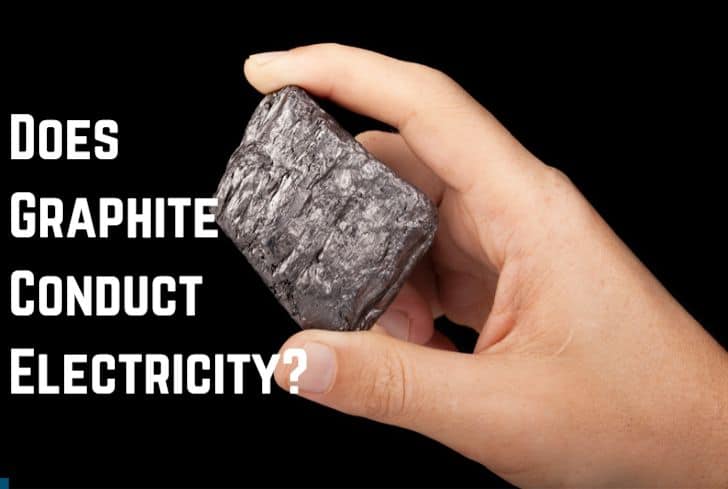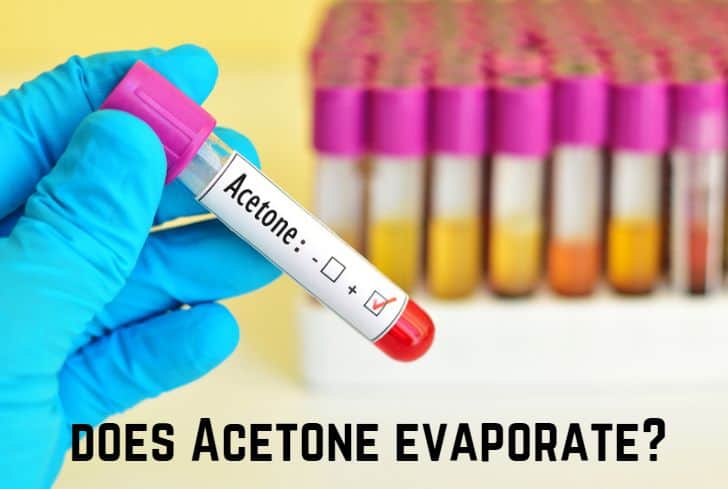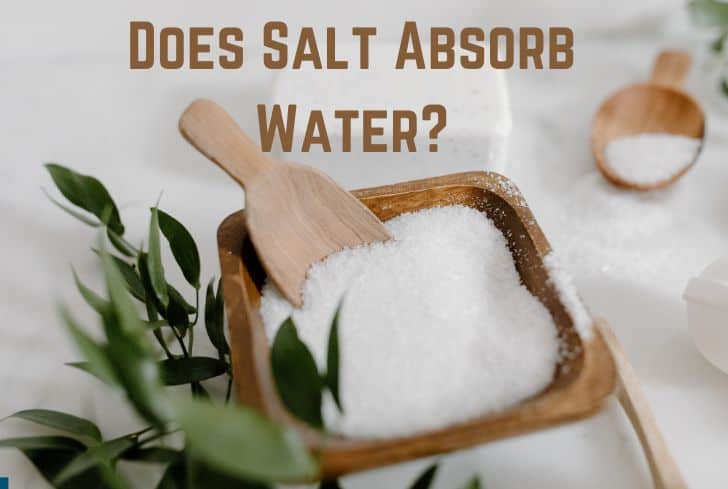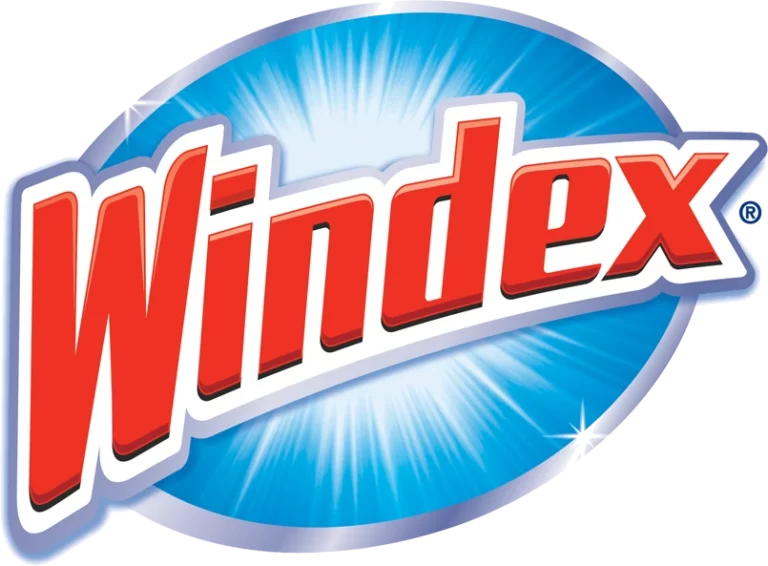Is Steam a Mixture, Compound, or Pure Substance? (Answered)
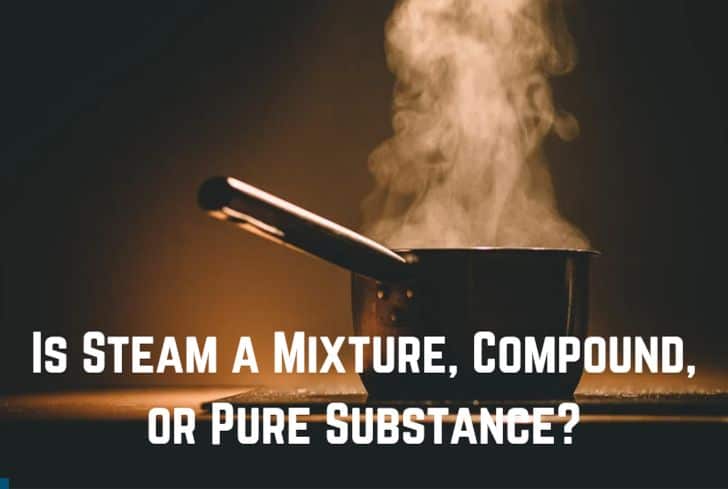
Steam forms when water changes its state of matter from a liquid form to a gaseous state. The best example that explains the formation of steam is when we boil water. Masses of steam escape into the air and this has a larger use even in industries.
However, to understand steam chemically, we may have to ponder whether it is a mixture, compound, or pure substance. If you are looking for answers regarding the same, we have got you covered. A detailed explanation with examples is impending in the below sections that will clear the air!
Read: Is Air a Heterogeneous or Homogeneous Mixture
Is Steam a Mixture?
Many confuse steam as a mixture but as a matter of fact, steam is a compound. So, the reasons behind this fact are steam comes from water and water has two elements namely, Hydrogen and Oxygen that bind together to form a compound. Indirectly, again, steam becomes a compound.
The components of water mix together in a fixed ratio and this again signifies the properties of a compound. Further, some of the chemical or electrochemical methods will help separate the elements from a compound. Similarly, in the case of water, hydrogen and oxygen are separable using chemical techniques.
In other words, steam has the formula of H2O in the vapor phase and thus, becomes a compound. Though water changes phase into vapor, the chemical elements bonded together still remain the same. The elements in water have a change in behavior when subjected to temperature changes. Hence, these clearly show that steam is a compound only.
Is Steam a Compound?
Yes, by chemical definition, steam is indeed a compound. Steam forms when water changes into a gaseous state but its constituents remain the same as from the molecular formula of water. Made up of hydrogen and oxygen molecules even in the vapor state, steam gives out the properties of a compound only.
To become a compound, two or more elements must bind together. In the case of steam, hydrogen, and oxygen still stay as the molecular constitution even when in evaporation.
Steam comes in two types where wet steam is when the gaseous molecules condense to form water droplets and dry steam continues to work in the gaseous state. With so much going into the chemical concept of steam, mankind has found various uses for this compound both in the domestic and industrial sectors.
However, let’s consider the fact that here we are talking about pure steam only which does not contain any other components besides water’s elements. Once steam mixes with other mixtures, then steam will stop being a compound. Let’s have a detailed look at this scenario below.
If you are boiling water in any atmosphere, there are high chances that the steam passing out will mix with the air we breathe. Since, the air is everywhere, the odds of steam remaining pure are highly unlikely. The air comprises different gasses namely hydrogen, oxygen, argon, carbon dioxide, and more. Thus, once steam evaporates and mingles with the air, it becomes a mixture.
The case of steam being a compound holds true only when we take a sample of “pure steam” from boiling water. Other times, steam becomes a mixture.
Is Steam a Pure Substance?
Steam comes from water and water is a compound. Thus making steam a compound too. While you can term water as a pure substance, steam doesn’t get the same name owing to the mixture of gasses that combine with it in the gaseous form once it touches the atmosphere.
Anything becomes a pure substance when its composition has only one type of molecule or atom. However, in the case of steam, we have to look at whether it is pure or contains other gasses when taken for sampling. Since it contains different gasses from the air around it, it cannot be considered a pure substance.
Again, this brings us to the discussion or rather debate that steam can never be pure in reality. Taking this argument into consideration, while water is a pure substance, steam will only be pure when the water vapor is also “pure”. Realistically this is highly impossible. Hence, we cannot label steam as a pure substance like water.
However, if we do take a sample of pure steam for evaluation, then it qualifies as a “pure substance”.
Is Steam an Element?
Steam is a compound, and a compound has two or more elements mixed together. As water has two elements namely hydrogen and oxygen, steam which is a form of water, also has elements.
However, you cannot state steam as a direct element. Elements have only one atom or molecule. Steam, on the other hand, has 2 hydrogen molecules and one oxygen molecule. When one or more atoms or molecules combine, it becomes a compound and water is again a compound. Likewise, we can understand from this derivation that steam is not an element.
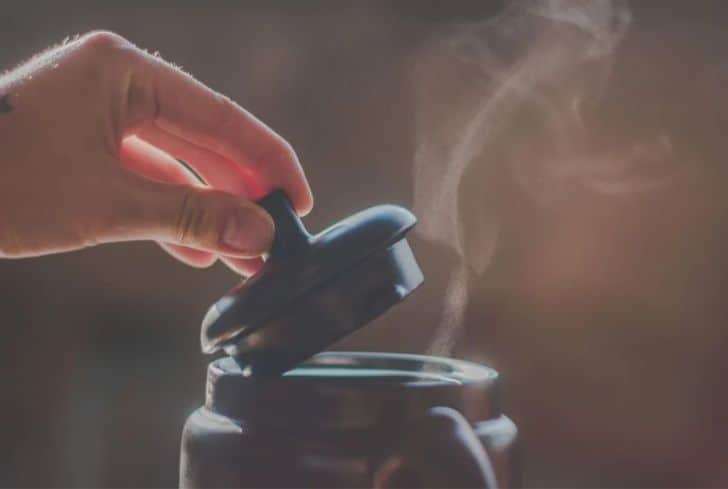
Difference Between a Mixture, a Compound, and a Pure Substance
To understand steam better, let’s first understand the basic differences between a mixture, a compound, and a pure substance.
Mixture
A mixture is the result of two or more compounds combining. In certain cases, elements can also bind together to form a mixture. Further, mixtures are also formed when elements or compounds are put together through physical techniques. However, in a mixture, through physical methods, each of the compounds that constitute a mixture can stand alone.
Mixtures formed can melt or boil at different temperatures. Also, all the constituents pass on their properties to the mixture formed. Hence, you can identify a mixture and its properties through the elements involved.
Some of the well-known mixtures are:
- Ink – as they have different colored dyes
- Crude oil – has many hydrocarbons
- Seawater – it contains salt and water
- Gunpowder – has potassium nitrate, sulfur, and carbon
- Cereal and Milk
- Oil and Water
If you take any of these examples, you can see the mixture’s components with the naked eye or pass the mixture through a chemical process to separate the constituents.
Compound
A compound is a substance that has more than one element in its constituent. The binding process is done chemically and not physically. Hence, only chemical processes help in separating them into stand-alone elements. Atoms that bind together have more than one type in a compound.
Compounds have their own chemical formulae, and the formula comes from the chemical representation of the elements involved. For example, let us understand a compound through the chemical formula of water.
Water comprises hydrogen and oxygen. As per the chemical properties involved, there are two atoms of hydrogen and one atom of oxygen. Hence, the formula of water comes as H2O. This signifies that water is a compound.
Similarly, carbon dioxide is also a compound. In this case, CO2 is the chemical formula for carbon dioxide with one carbon atom and two oxygen atoms. Other most popular compound examples are:
- Sugar or Sucrose – C12H22O11
- Baking Soda or Sodium Bicarbonate – NaHCo3
- Table Salt or Sodium Chloride – NaCl
- Methane – CH4
- Carbon Monoxide – CO
Pure Substance
Pure substances do not have more than one type of particle in them. Also, the constituents of a pure substance have a single structure throughout. They are further subdivided into two major types known as elements and compounds.
Elements have only one type of atom or molecule in them whereas a compound has more than two elements coming together. The basic difference between an element and a compound is the above statement and to understand further, you can consider that chemical methods help in disintegrating the compounds. Whereas, no physical or chemical technique is useful when it comes to separating elements.
Some of the popular examples of pure substances are:
- Gold
- Copper
- Steel
- Iron
- Diamond
- Water
- Baking Soda
- Sugar
- Salt
- Ammonia
- Silicon Chip
You can use the real-life examples given above to have a clearer picture of pure substances.
Is Steam a Gas or a Liquid?
Steam is a form of water vapor. When we include the term “vapor”, the definition or the picturization of it immediately points to the gaseous state of matter. However, upon the classification of steam, there are two types known as wet and dry steam.
Wet steam can condense into water droplets but dry steam cannot. Further, you will have more heat traveling only in dry steam and reaching more distance than in wet steam.
Uses of Steam in Daily Life
Having seen in detail about steam and its chemical properties, let’s understand the places steam is commonly seen and the way we can benefit from it.
1. Cleaning
In order to kill unwanted bacteria and have a thorough cleaning, you can use steam cleaning in your homes through many devices. Likewise, many industries still rely on steam cleaning for their equipment to improve sustainability and efficiency. Also, steam is seen in kitchens for cleaning vegetables and fruits to super-clean them.
2. Medicinal and Domestic Use
Generations together, we have seen steam as the home remedy for various viruses that cause the common cold and cough. You can even consider moisturizing your skin with the help of a home steamer every day to have a smooth and clear body free from dirt and other particles.
3. Heating Buildings
A steam boiler is available for placement in the basement of homes and heats the inside of buildings through the upward movement of heat. The basic function of a steam boiler is to heat the water and send the water vapor upwards into the buildings to be the source of heat.
4. Sanitizing High Touch Places
Regular touch creates more germs in many places in our household. You can include a steam cleaner or pass steam through a nozzle directed at such points to have a virus-free and bacteria-free environment.
Final Thoughts
In summary, steam is a compound that has the same molecular composition as water. Also, steam becomes a pure substance only when the sample taken for consideration is also pure. When the steam touches the air surrounding us, it mixes with other gasses and tends to evolve as a mixture.
Also, steam has various uses that benefit us with good health. Hence, you can use this guide to clear your doubts about the chemical composition of steam and further utilize it to transfer heat for cleaning purposes.


